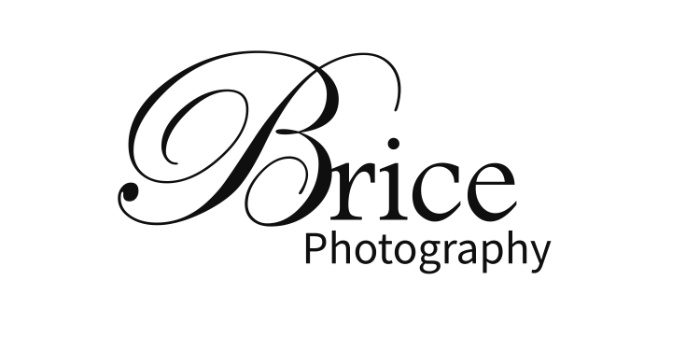The basic Elements that make a great image
Wednesday, April 05, 2017 | By: www.bricephotography.net
The Elements of Design:
After reading these elements of design can you determine what elements are used in the image below?
The elements that make a great photograph also apply to any type of art and they are the basics for creating a great image. One of the first things I learned in photography was elements of design.
Elements of design are the most basic visual components of any composition. Putting these elements together and knowing how and when to use them will make your photos for more attractive and purposeful.
Line: Line is the strongest, most important and influential element of design. This element is useful to draw the eye to a specific location or to a subject you want to grab your attention. Lines can be vertical, horizontal, diagonal or curved. Lines can be short or tall, thick or thin. Line can alter the overall mood or feeling of the image.
Shape: Shape is the second most fundamental element because it is essential in an image. It defines what the subject (living or non-living) looks like an example being silhouette which is the strongest of all shapes.
Form: Form is a three-dimensional shape and it is best seen by the difference between light and shadows.
Pattern: Life is full of patterns and it is all part of our cosmic existence. Without pattern our lives would be boring.
Color: The most obvious element of design, color creates a mood within the piece and tells a story about the artwork or photograph. It is characterized by attributes such as value, hue, and saturation.
Texture: Texture is the way a surface feels or is perceived to feel. There are many ways to incorporate texture into a photograph with subjects. Old buildings have texture such as rocks, clothing and landscapes.
Space: Negative space is one of the most commonly under utilized and misunderstood aspects of design. It is used to create blank space on one side of the subject either in white or some other color.
I am hoping that by reading this brief overview of the elements of design you will be able to start using them in your photography.






Leave a comment
0 Comments